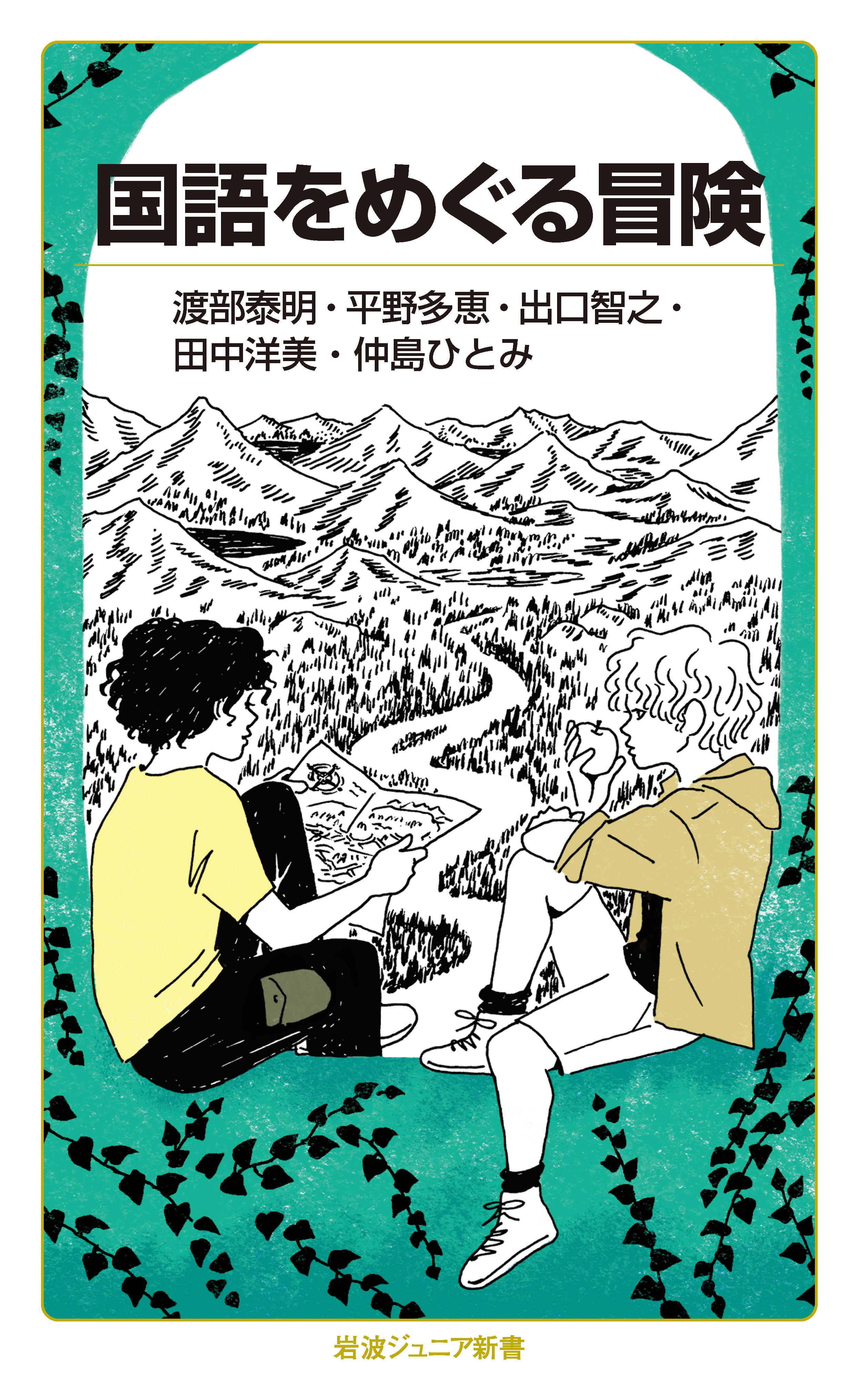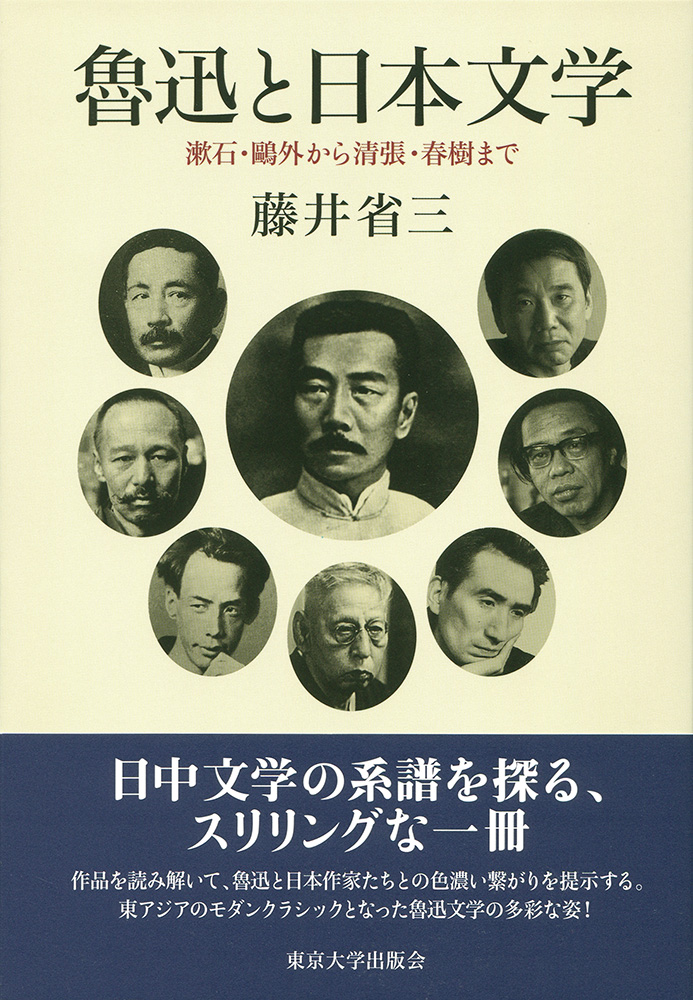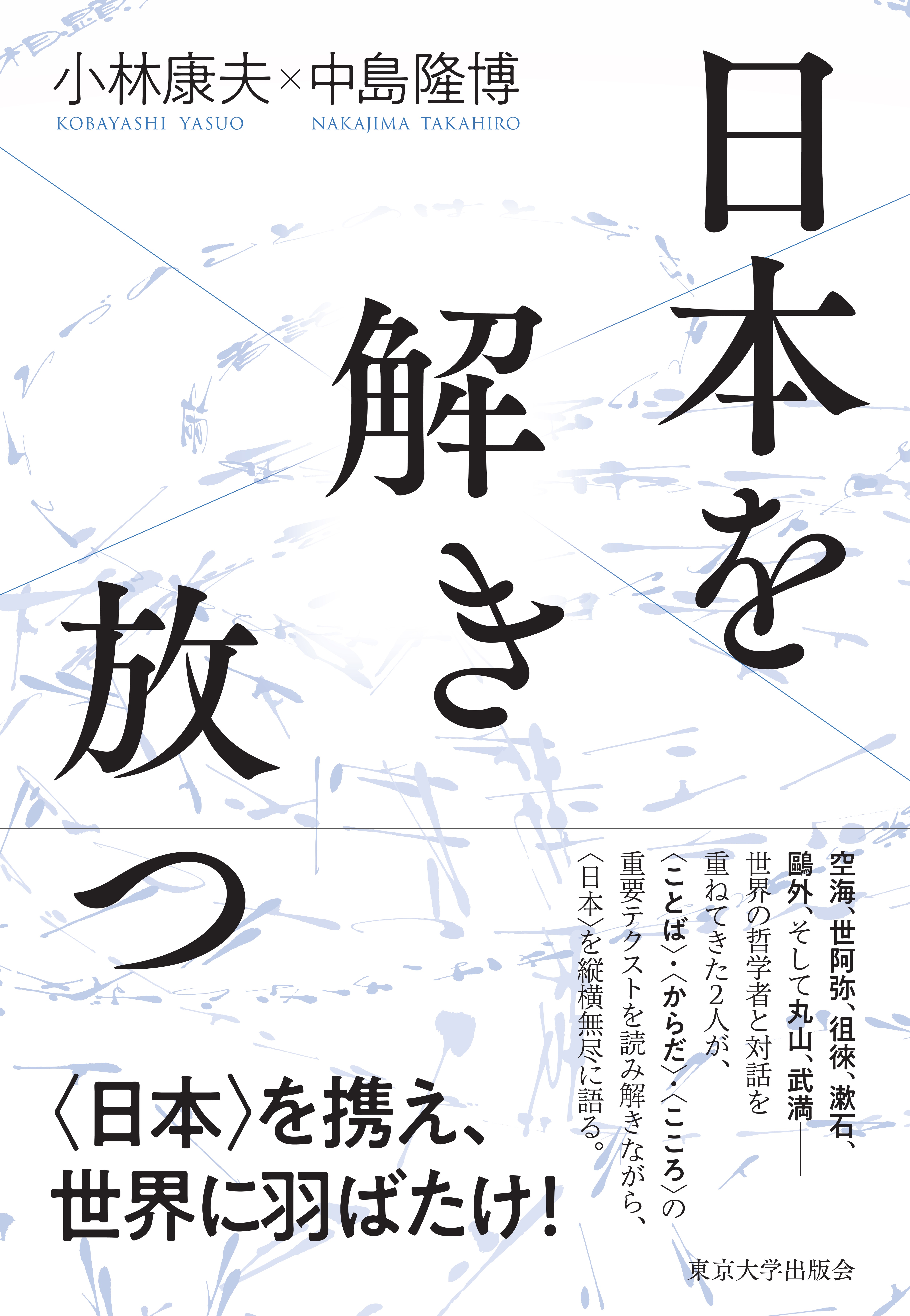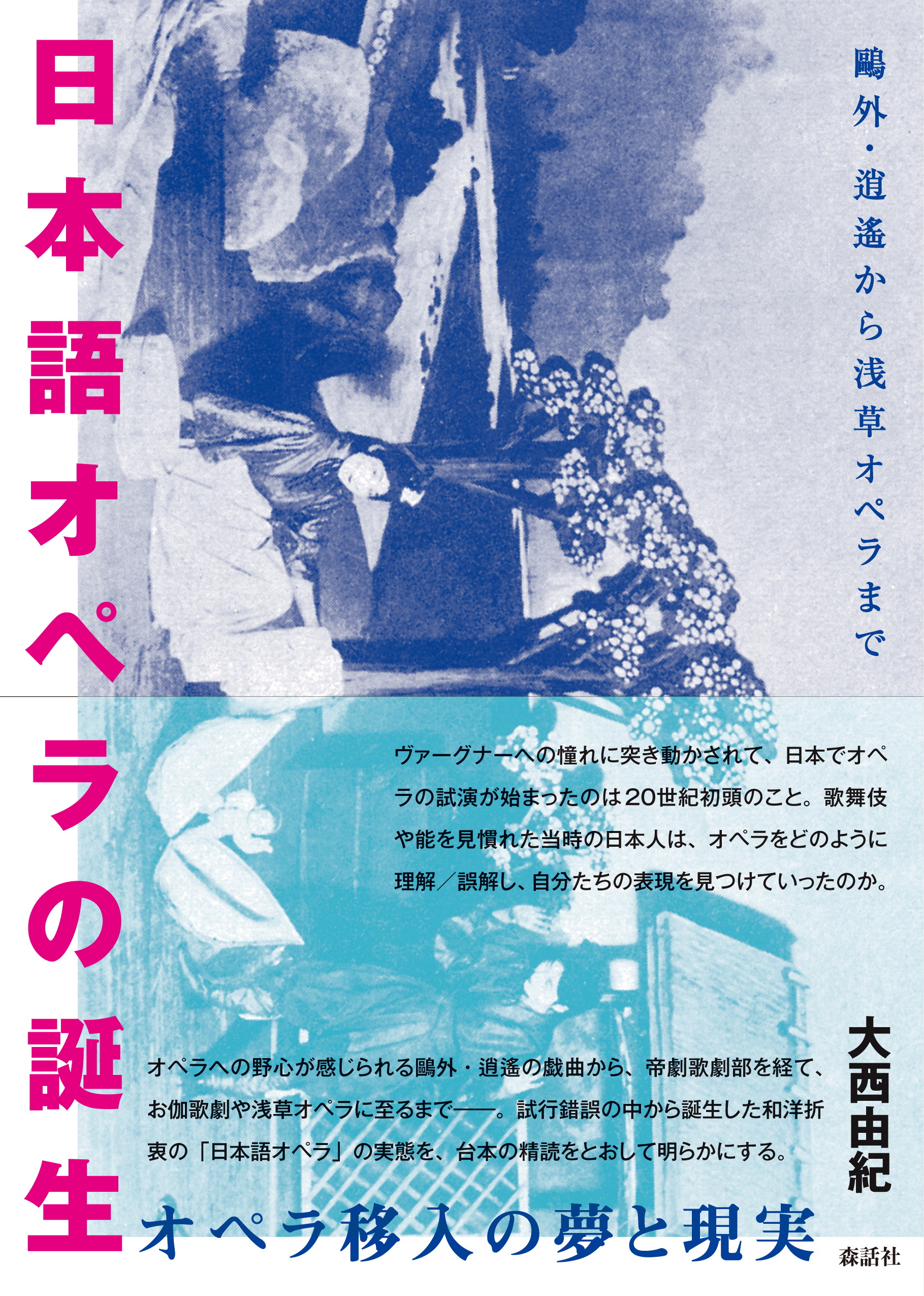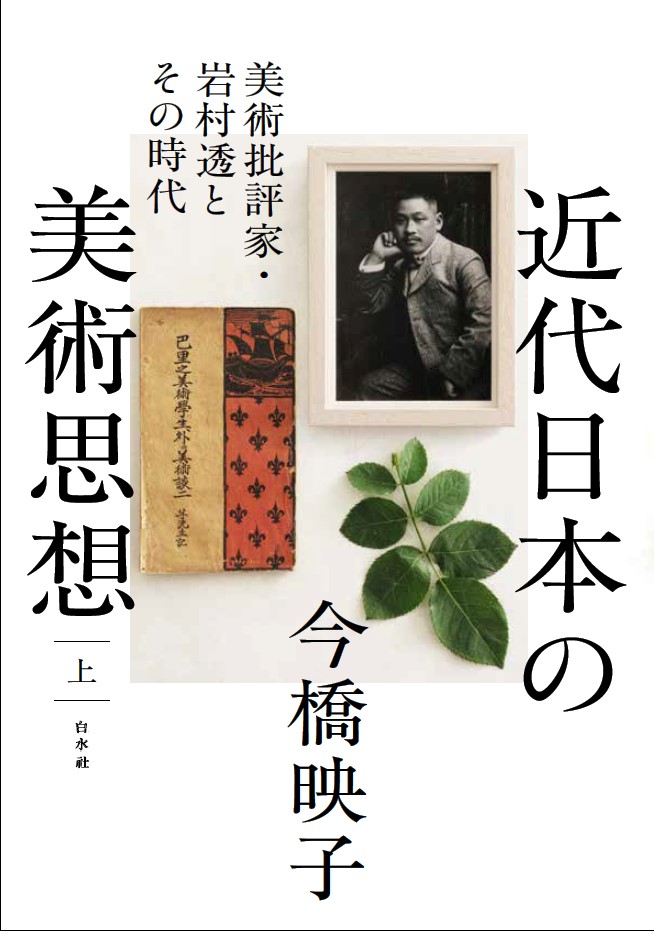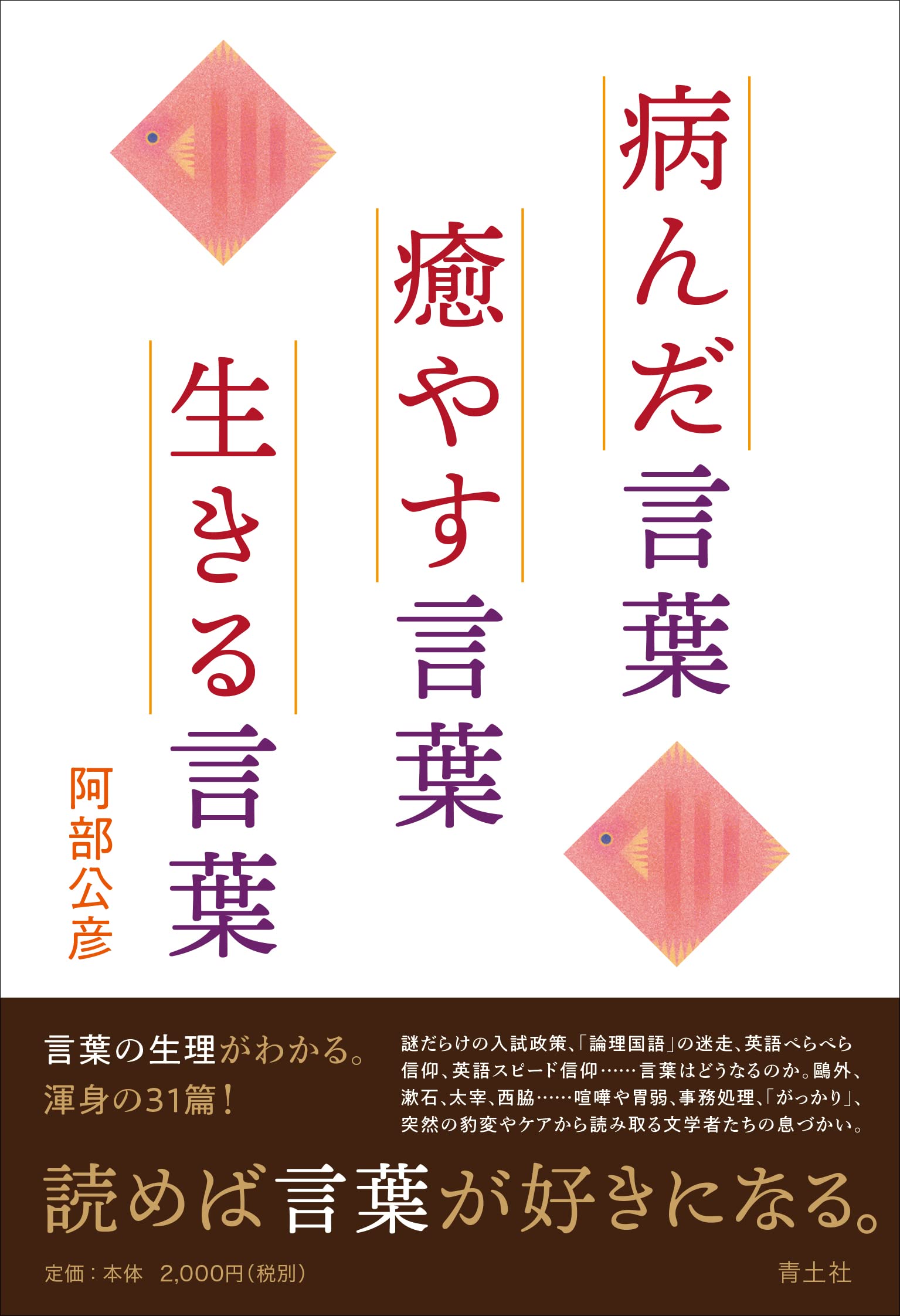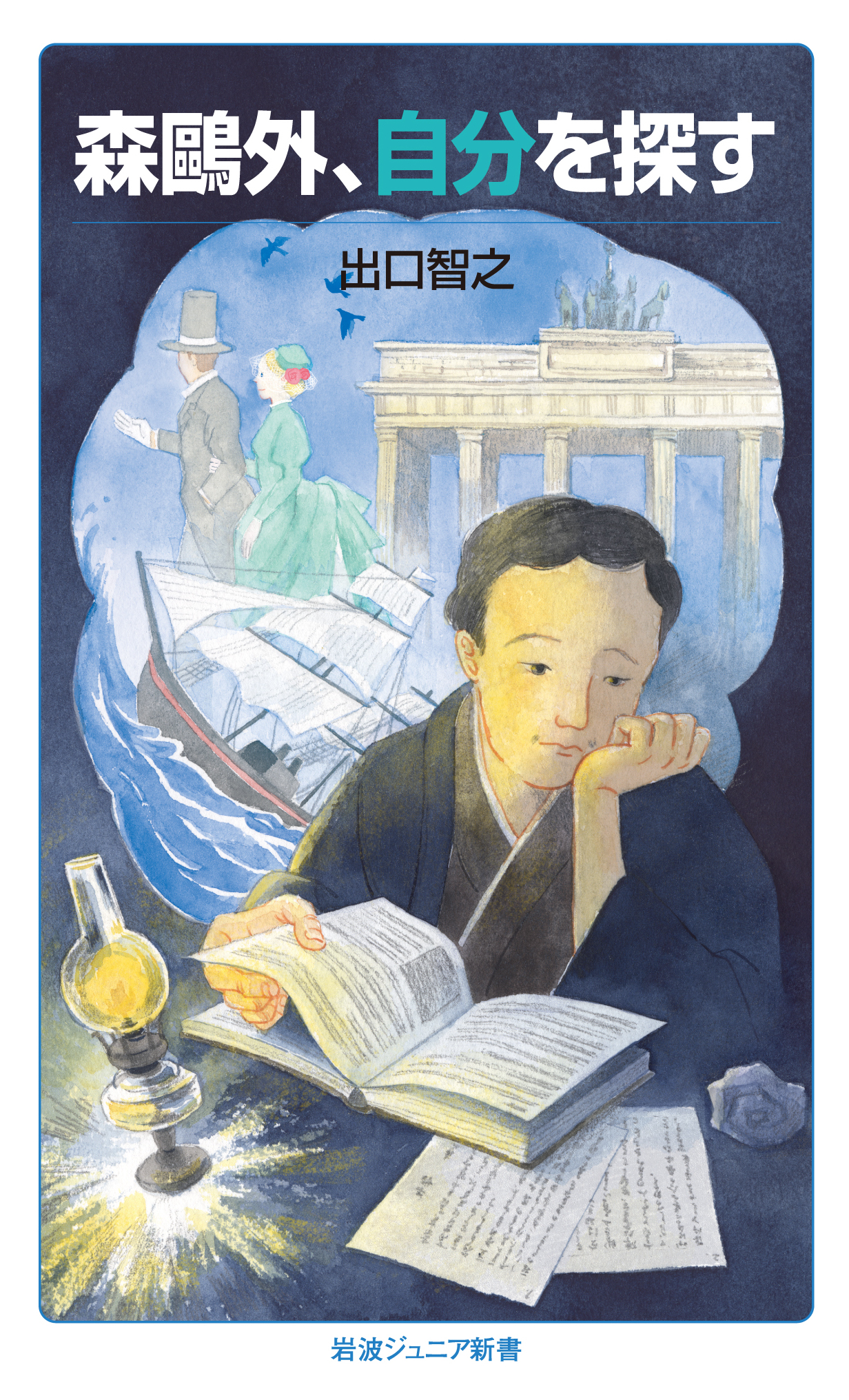
Title
Iwanami Junior Shinsho Mori Ōgai, Jibun o Sagasu (Ōgai Mori, A Struggle of Self-Discovery)
Size
232 pages, paperback pocket edition
Language
Japanese
Released
December 20, 2022
ISBN
9784005009619
Published by
Iwanami Shoten
Book Info
See Book Availability at Library
Japanese Page
Ōgai Mori is well-known but tends to be shunned.
Although his works “Sansho the Bailiff” and “The Boat on the Takase River” are still widely read even today, when it comes to Ōgai Mori himself, it seems many do not have a favorable opinion.
There are many reasons for this shunning, including his pretentious-sounding official title of Army Surgeon General or his failure to come up with an effective countermeasure for beriberi while in the army. But one would be commended if they actually knew this about Mori and hated him for it. There have always been anti-establishment literati who have criticized Ōgai for being too much a part of the system. And regarding the beriberi issue, it is natural for the person who headed the entire army medical staff to bear some responsibility for a failure that actually occurred, regardless of the circumstances or reasons for the failure.
But, instead, criticisms of Ōgai himself tend to focus on his youthful love affair rather than his social standing or achievements. I am, of course, referring to the incident that is often associated with his masterpiece Maihime [The Dancing Girl]. If you search for “Ōgai Mori’s lover,” you will undoubtedly find numerous webpages relating plausible details about the couple. According to the story, a German girlfriend whom he met while studying abroad became infatuated with him and followed him back to Japan when he returned, so he had his brother-in-law and younger brother persuade her to leave, and so on. Conflating this story with the plot of “The Dancing Girl”, which is based on the incident, some even claim that the girl was pregnant at the time or went mad from the shock of breaking up with Ōgai.
Things changed dramatically when Ichika Rokusou investigated the true identity of the woman previously known as “Eris,” the results of which she published in two books titled Ōgai no Koi: Maihime Erisu no Shinjitsu [Ōgai’s Love: The Truth about Eris] (Kodansha, 2011) and Sorekara no Erisu [What Became of Eris?] (Kodansha, 2013). It seems that Ōgai intended to marry Elise (the real name of “Eris”) in earnest and chartered a first-class cabin for her to come to Japan but was unable to overcome the fierce opposition from his family, relatives, and army personnel, and had to give up the marriage. However, the two continued to correspond long after Elise returned to Germany, and may possibly have tried to keep in touch even after both were married.
And yet the rumor that Ōgai was a terrible person persists, not because the discoveries have not been properly conveyed to the world (there are plenty of websites introducing Rokusou’s books) but, rather, because the influence of “The Dancing Girl” is too great. Certainly, the story’s protagonist is reminiscent of Ōgai himself. And the impact of the ending, in which he leaves his pregnant girlfriend, shocked and in a state of madness, to return to Japan and resume his elite course is powerful. If one thinks about it, his exaggerated self-portrayal as a terrible man right after breaking up with his lover hints at his complicated emotional state at the time.
To properly understand his sentiments, we must not view Ōgai from the same perspective that we would view an international student in the present day.
Born at the end of the Edo period, Ōgai experienced the Meiji Restoration and the complete overturning of the previous order during his impressionable adolescent years. Ōgai felt conflicted between his own tastes and aspirations and the family profession. Ōgai decided to bring international marriage into a country in which marriages were arranged by others without the couple even meeting, never mind the concept of “free love.” Ōgai dared to depict his own love affair in “The Dancing Girl” in an era when the idea of modeling a character on oneself was unheard of. Even after assuming important official positions, Ōgai continued to write what he felt he must write and tried to do the work that only he could do.
If we reexamine Ōgai’s path while putting ourselves in the era and circumstances in which he lived, Ōgai’s struggle of self-discovery and search for a career path is surprisingly easy to relate to.
(Written by DEGUCHI Tomoyuki, Associate Professor, Graduate School of Arts and Sciences / 2023)



 Find a book
Find a book


